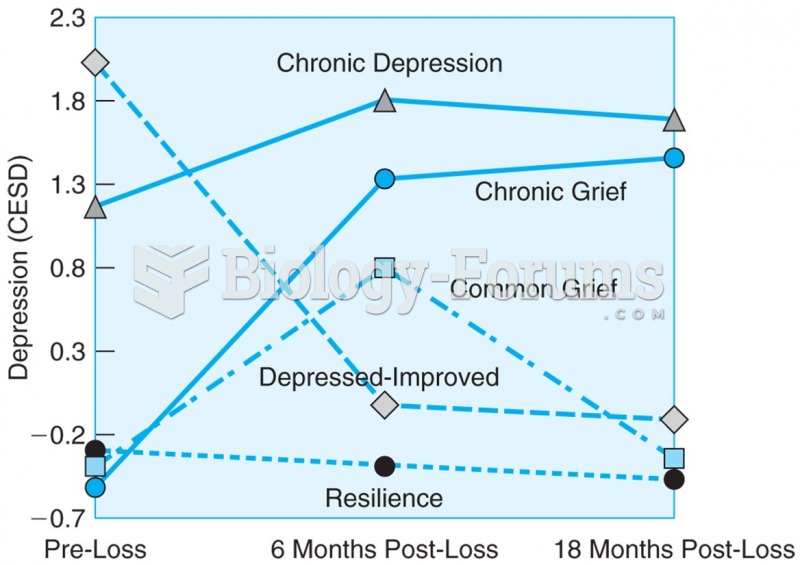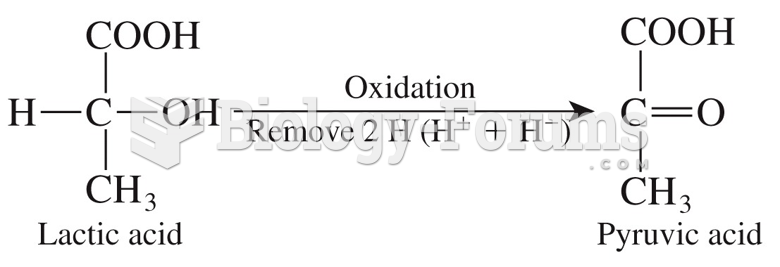This topic contains a solution. Click here to go to the answer
|
|
|
Did you know?
Adults are resistant to the bacterium that causes Botulism. These bacteria thrive in honey – therefore, honey should never be given to infants since their immune systems are not yet resistant.
Did you know?
The most common childhood diseases include croup, chickenpox, ear infections, flu, pneumonia, ringworm, respiratory syncytial virus, scabies, head lice, and asthma.
Did you know?
If all the neurons in the human body were lined up, they would stretch more than 600 miles.
Did you know?
There are 20 feet of blood vessels in each square inch of human skin.
Did you know?
The first documented use of surgical anesthesia in the United States was in Connecticut in 1844.







